By Megan Fuhler, Bennett Kang, and Michael Bianchini
Since 2007, the U.S. Army has successfully reduced its water use intensity by nearly 29 percent. But with the implementation in 2021 of Executive Order 14057, Catalyzing Clean Energy Industries and Jobs Through Federal Sustainability, creative strategies are needed to cost-effectively make further reductions and achieve anticipated facility potable water use intensity targets by FY2030. In fact, leveraging improvements in non-facility water uses, such as system leakage and potable irrigation, are potential candidates for sustainable asset management approaches to help reach overall sustainability goals.
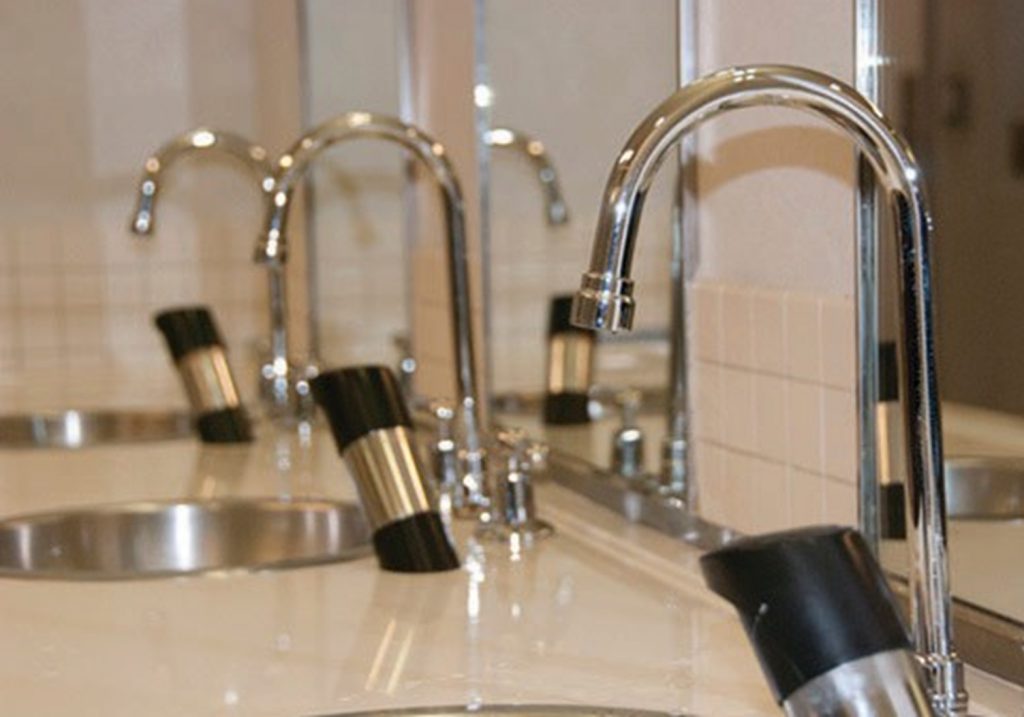
are needed to be effective. PHOTO BY JOHNATHAN STACK
Preventing Leaks
The Environmental Protection Agency estimates that water distribution systems across the United States lose, on average, 14 percent of their treated potable water to leaks in the pipes underground. Well-maintained systems lose as little as 1 percent, and ill-maintained systems lose up to 60 percent. Typical strategies to prevent leakage include regular condition assessments and maintenance schedules. However, proper pressure management remains a highly proactive and cost-effective ways to reduce leaks.
Pressure inside a water distribution system can vary dramatically across sections. This puts certain areas of the system at a higher risk of developing leaks. Pressure management, then, identifies these areas and installs pressure-reducing valves to relieve the excess pressure. This strategy can be combined with a regular leak detection and repair schedule to create a rigorous program for urban water conservation and management.
Given that many Army water systems are older, were constructed hastily during wartime, or have limited record-keeping, it is reasonable to assume that water losses are on the higher end of the spectrum. Research suggests it may not be uncommon for an installation’s water loss to reach as much as 40 percent. Incorporating regular water auditing, pressure management, and leak detection provide opportunities for the Army to significantly reduce its overall water use intensity. These practices are also economically beneficial, which is an important consideration given that the Army spends at least $100 million annually on potable water.
Moving forward with critical investments in water infrastructure requires consideration of supplemental and creative approaches to understand and prioritize conservation and resilience opportunities.
Because all water distribution systems are unique, an independent leak reduction strategy must be crafted for each installation. At the same time, these strategies are only effective when informed by high-quality meter data. Other supplemental information unique to the Army, such as Installation Status Reporting – Mission Capacity, Installation Energy and Water Plans, and 2827 Assessments (in accordance with National Defense Authorization Act for Fiscal Year 2021), could function as surrogates for the missing data.
Fixture Replacement
Reduction in system losses is a good first step. But limited plausible loss reductions make other measures necessary to meet the Army’s water goals. Executive Order 14057 requires consideration of potable water use intensity performance benchmarks by building type. These targets are intended to inform defense-wide water use intensity targets by FY2030 and building-specific performance goals after retrofit projects. Military buildings have different water use patterns than civilian facilities; this complicates analysis and identification of priority retrofit projects. The default performance benchmarks might be unrealistic for Army facilities. Additionally, water metering of Army facilities is scarce. Poor understanding of each building’s water use efficiency prevents ready implementation of retrofit measures to reduce unnecessarily high water uses.
Altogether, building type benchmarks and building meter data alone are currently insufficient to prioritize investments in building water efficiency. Moving forward with critical investments in water infrastructure requires consideration of supplemental and creative approaches to understand and prioritize conservation and resilience opportunities. BUILDER, for instance, which stores records and conditions of building-related equipment and fixtures, among other components, could be leveraged to target fixture-by-fixture replacements instead of building-by-building retrofits.
A similar methodology was adopted to maximize net benefits of water fixture replacement options for select customers in Florida. A simple model intelligently calculated optimal replacement options for each fixture, revealing pertinent insights. The inclusion of energy, wastewater, and water reductions into the cost assessment realized a 757 percent increase in net benefits compared to water reductions alone. The study, however, neglects water intensive equipment common to the Defense Department, such as cooling towers and firefighting water tanks in aircraft hangars. This equipment, if not properly maintained or operated according to best practices, may have overwhelmingly high water use compared to their energy inputs.
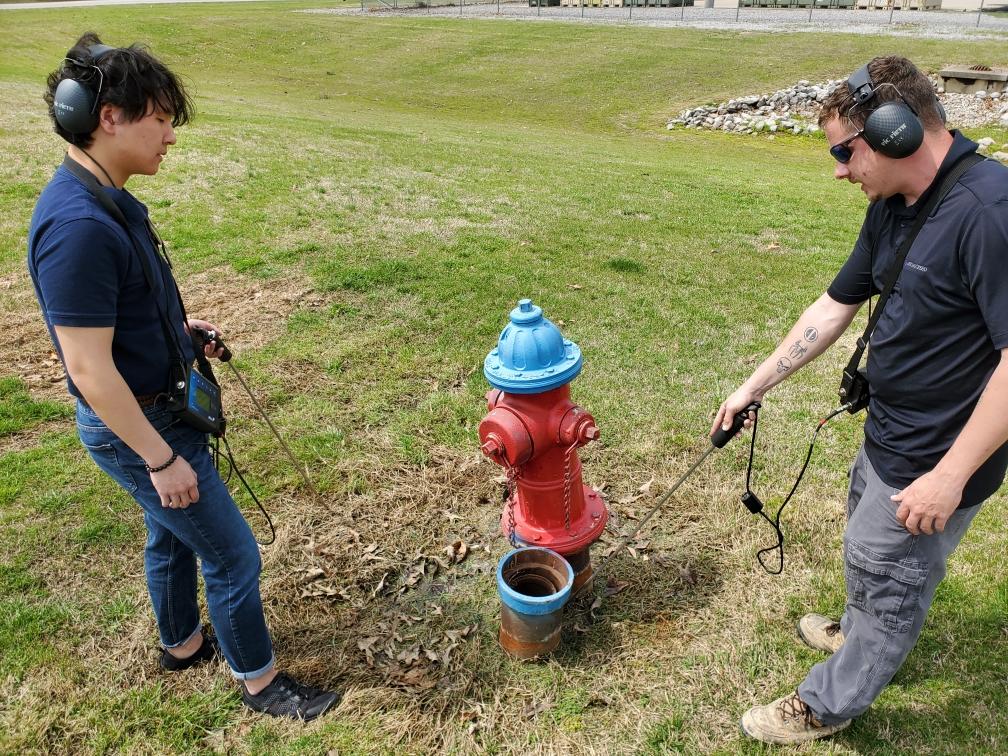
Reducing Irrigation Needs
Unlike building-related water uses that outflow to the local wastewater system, water for irrigation is considered consumptive since it largely leaves the watershed through evapotranspiration and deep percolation. Although potable water use for irrigation data gaps are striking, the reduction in outdoor water use can significantly contribute to meeting Army water use intensity reduction goals. Landscape irrigation accounts for more than 30 percent of all residential potable water use nationwide. Lower cost updates to existing landscape and irrigation systems such as adding native plants, rainwater harvesting, and WaterSense-labeled irrigation components are ways to work toward reduction goals.
Landscape Approach. Establishing landscape using native plants, which have evolved to handle the regional climate and rainfall patterns, and using water-smart planting techniques can reduce irrigation needs by 20 percent to 50 percent. The incorporation of rain gardens, bioswales, or other green infrastructure to capture stormwater runoff may further reduce irrigation requirements. Finally, because irrigation is a consumptive water use, appropriate screening for sun and wind, as well as deep rooting, can limit loss.
Though native plants can eliminate the need for landscape irrigation, some irrigation may still be necessary to maintain the function and aesthetics of critical spaces such as airfields and parade fields. In these instances, rainwater or greywater harvesting may be alternative water sources in states where the practice is supported. Site specific designs and calculations are necessary to determine the cistern size and pump needs for a rainwater harvesting system. System costs range from $0.50/gal to $10.00/gal, depending on size. Greywater systems require the redirection of water from laundry and bathtubs to landscape areas near the water source. Operators should adhere to applicable best practices for the safety of either system. Annual inspections would ensure assets stay in working condition and can eliminate large repair costs over time.
Component Consideration. When alternative water sources are not available, an inventory of irrigation system components and planned retrofits can result in water use intensity reductions. Installing WaterSense-labeled irrigation controllers can reduce landscape irrigation water use by up to 30 percent through the use of local weather and soil conditions to determine irrigation amounts and timing.
Retrofitting traditional spray heads with drip irrigation systems can further decrease water use by up to 50 percent in areas with an initial subsurface installation cost of $1,000/acre to $4,000/acre.
Although potable water use for irrigation data gaps are striking, the reduction in outdoor water use can significantly contribute to meeting Army water use intensity reduction goals.
Finding Solutions
Despite the explicit directive to increase the efficiency of facilities, a review of literature and Army data suggests that additional reduction strategies may, in some cases, be a less costly approach.
Regardless of the strategy, however, any asset management approach must account for local conditions. For arid regions, efforts to reduce consumptive use should be prioritized. Alternatively, installations principally concerned about water resilience may first invest in low-flow plumbing fixtures to maximize the utility of stored water during an emergency. After water reduction strategies are implemented, efficiency measures should focus on savings to energy and wastewater, which result in higher net benefits than water savings, since water is almost universally undervalued.
If programs such as the Army’s Resilient Energy Funding for Readiness & Modernization, which appropriates funds to installations that have proven to conserve their energy usage, could be implemented in parallel for water conservation measures, the net benefits of any asset management or sustainability project for water would dramatically increase.
Ultimately, water reduction goals set by Executive Order 14057 enable the exploration of cost-effective and impactful approaches that should be implemented prior to more costly options.
Megan Fuhler is Research Civil Engineer and Bennett Kang is Research Civil Engineer, Construction Engineering Research Laboratory – U.S. Army Engineer Research & Development Center. They can be reached at megan.r.fuhler@usace.army.mil; and bennett.kang@usace.army.mil.
Michael Bianchini is Civil Engineer, Webster, McGrath & Ahlberg Ltd.; michaelb@wmaltd.com.
More News from TME
-
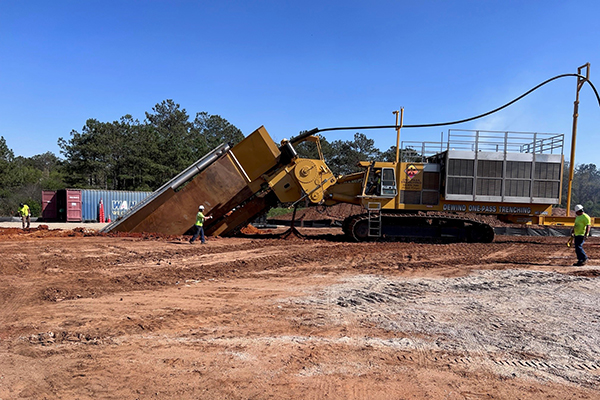
Rethinking Traditional Treatment Systems for PFAS Remediation
At two U.S. Air Force bases impacted by historical releases of aqueous film-forming foam, innovative methods in treating PFAS in both surface water and groundwater provide examples of success in safeguarding health for military personnel and nearby communities. -
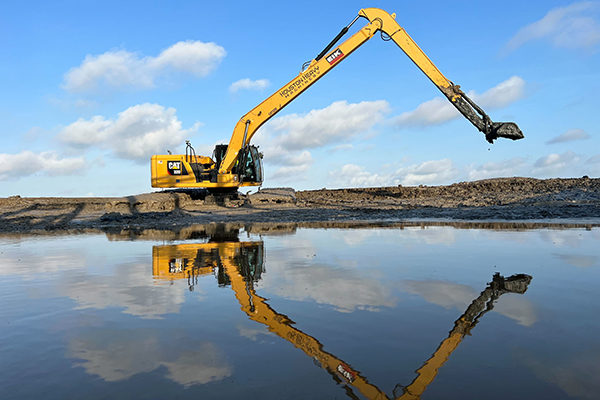
Tackling Restoration Projects With Amphibious Excavators
When faced with soft and wet underfoot conditions, such as at a recent channel dewatering, excavation, and repair project for USACE Galveston District, amphibious excavators offer a scalable way to contour difficult site characteristics. -
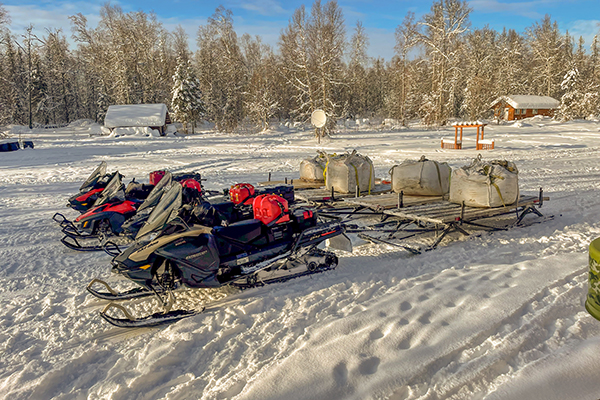
Big Job, Small Solutions: Completing a Complex Remediation in Remote Alaska
At a remote federal remediation site in south-central Alaska, inaccessible by road, barge, or large planes, leveraging the local community and a fleet of snowmobiles and small watercraft allowed for 1,100 bags of contaminated soil to be transported for offsite disposal.